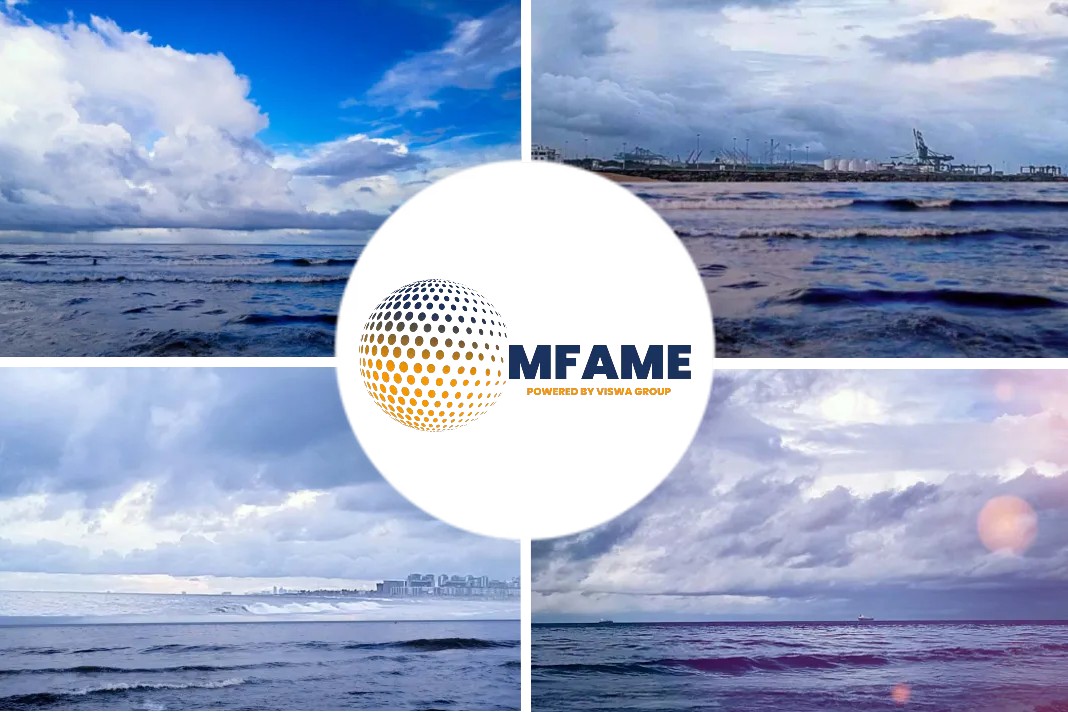
The European maritime industry is on the brink of significant change as it prepares to join the Emissions Trading System, imposing carbon charges on cargo vessels. The bloomberg source.
- European maritime industry to join Emissions Trading System, imposing hefty carbon charges on cargo vessels.
- Despite emissions costs, immediate shift to cleaner marine fuels unlikely due to cost competitiveness.
- Projected rising expenses for shipping emissions, alongside 2025 environmental regulations, emphasize industry’s sustainability challenges.
Emissions Charges Loom for European Maritime Industry
Ships traversing the waters of the European Union, carrying a wide array of goods, are on the brink of incurring substantial emissions-related expenses. The maritime sector is set to become a part of the EU’s Emissions Trading System (ETS) in January, marking a significant development. This inclusion means that large cargo vessels will soon be obligated to pay for their carbon emissions. Notably, this move represents the world’s inaugural large-scale carbon charge applied to international shipping, potentially affecting major freight companies with costs reaching into the hundreds of millions of dollars.
Challenges to a Swift Transition to Cleaner Fuels
While these forthcoming additional expenses are indeed substantial, it is unlikely that the ETS alone will precipitate an immediate shift towards cleaner marine fuels. As things stand, even with a carbon price hovering around €90 ($96) per ton, it remains economically advantageous to continue using environmentally harmful oil-based propulsion systems and subsequently pay for the associated emissions. This perspective comes from the ship classification society DNV. It underscores the complexities of transitioning to greener technologies within the maritime industry.
Projected Costs and Emission Coverage
DNV has projected the potential financial impact of the emissions charges. For a single vessel transporting 5,000 standard-sized containers between the EU and Asia over the course of a year, the emissions-related expenses could amount to approximately €810,000 in 2024, considering a carbon price of €90 per ton. However, as the obligation to cover a larger share of emissions grows in the following years, costs for the same vessel are predicted to escalate significantly. By 2025, the expenses could rise to €1.4 million and reach €2 million by 2026 if the carbon price remains unchanged. These projections emphasize the financial challenges that lie ahead for the shipping industry.
Environmental Regulation Beyond ETS
In addition to the ETS, the European Union has outlined separate environmental regulations that will come into effect in 2025, known as FuelEU Maritime. This regulatory framework represents another critical step in addressing emissions within the maritime sector, adding to the industry’s evolving landscape as it strives for greater sustainability and cleaner operations.
Did you subscribe to our daily newsletter?
It’s Free! Click here to Subscribe!
Source-bloomberg






















